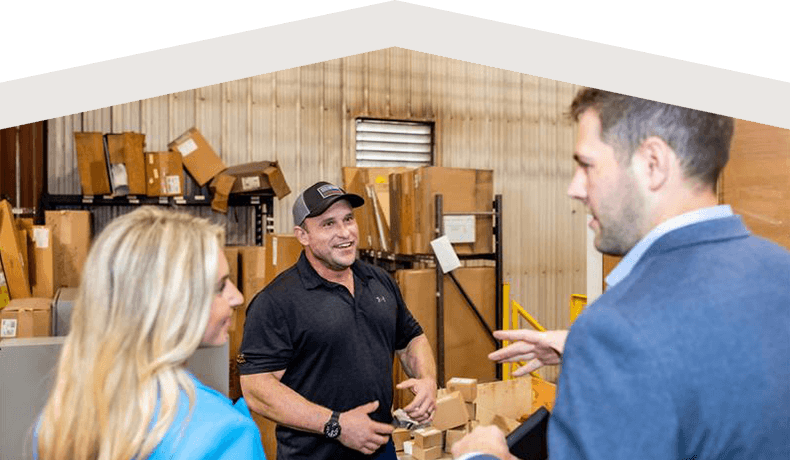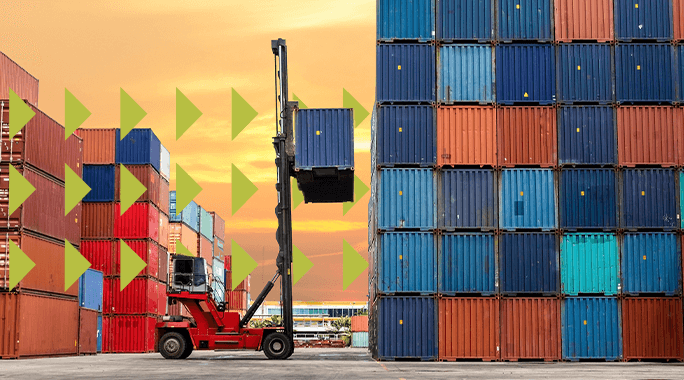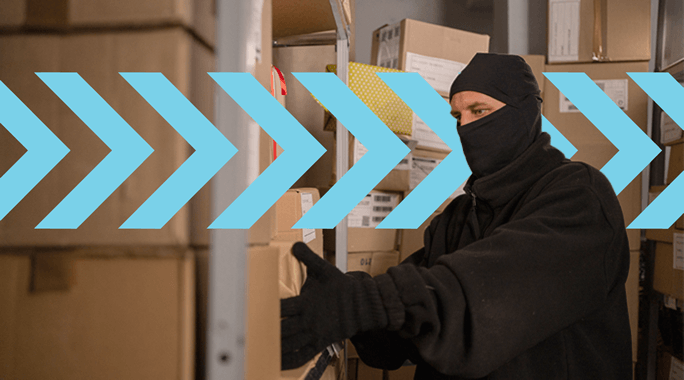BLOG POST
Common Third-Party Logistics Misconceptions

Reading Time: 3 minutes
The legendary business manager and consultant Peter Drucker once said: "Do what you do best and outsource the rest." Most business owners didn't take a second mortgage or borrow money from friends and in-laws to focus on shipping. They discovered an opportunity, followed a passion or maybe both. But oftentimes that passion requires shipping. So where do you turn if shipping isn't in your wheelhouse?
A third-party logistics (3PL) partner eases many shipping burdens that burn time and money. However, we've heard all sorts of reasons why businesses don't need a 3PL. Often, objections come from a bad experience or misconception. So, let's set the record straight on some of the most common criticisms we've heard.
Misconception #1: All 3PLs are the same
It isn't easy to separate 3PL value propositions at a glance. But the similarities stop after a few brochure buzz words and industry lingo. Here are a few key areas separating 3PLs:
- Lines of business - 3PLs may offer any combination of small package, less-than-truckload (LTL), full truckload (FTL), international or domestic shipping and warehousing lines of business (LOBs).
- Services - In addition to the LOBs listed above, 3PLs offer a wide range of services that include process improvement, assisting with claims and invoicing, inventory management, yard management, fully-managed services and more.
- Partner network - A 3PL's carrier partner network ultimately dictates the shipping lanes, rates and fulfillment services it can offer.
- Technology - Some 3PLs offer proprietary systems such as a transportation management systems (TMS). Others do little more than operate via email between shipper and carrier.
Whether a 3PL is publicly or privately held also makes a difference. Pleasing shareholders may lead to different decisions than a privately owned 3PL focused on pleasing shippers. Whatever the differences, there's no wrong way to do third-party logistics - it's all about fit.
Misconception #2: A 3PL takes longer
Some believe that a 3PL "middleman" complicates processes. But, consider this: Is it easier to go to the grocery store for milk, bread and bacon, or to the farmer, baker and butcher?
A 3PL's carrier network allows shippers to canvas rates and delivery windows quickly. Through a TMS, shippers automate processes (such as label printing) and consolidate carrier billing. Every TMS offers different functionality and user experience. But generally, these systems reduce time spent on shipping management - allowing shippers to focus on the good stuff. Also, many 3PLs act as consultants, with expertise in reducing processes and building practices that reduce errors.
Some shippers fear losing control and the shipper-carrier connection. The good thing is that shippers still work with truck drivers and account managers. The relationship is still there (if that's what you want). 3PLs take pain points away, be it costs, tasks or otherwise.
Misconception #3: 3PLs increase shipping costs
Some think that adding another party increases costs. It's sound math, but there's more to the equation. Think beyond your shipping volume. A 3PL leverages all its shippers' volume when negotiating carrier rates. 3PLs help carriers fill trucks, carriers offer lower competitive rates to 3PLs, and 3PLs pass these savings to shippers. All parties benefit from this back-scratching loop.
Yes, shippers can shop for quotes with as many carriers as they'd like. But getting back to Drucker's idea of doing what you do best, this is a time-consuming process that doesn't scale. Not only will shippers find it challenging to negotiate low rates, they'll also spend more time on the phone haggling and disputing quotes. This costs time and money.
Still on the fence?
Whether you're a believer or skeptic, Drucker has a point. Businesses do well by leaning on their strengths and building partnerships elsewhere. Third-party logistics partners like Worldwide Express exist to make businesses more competitive through better shipping operations. Do you need a 3PL? If you're wondering if you can fulfill orders more efficiently, the answer is probably yes. Even if it's a simple conversation to identify your challenges and opportunities, let's connect!






